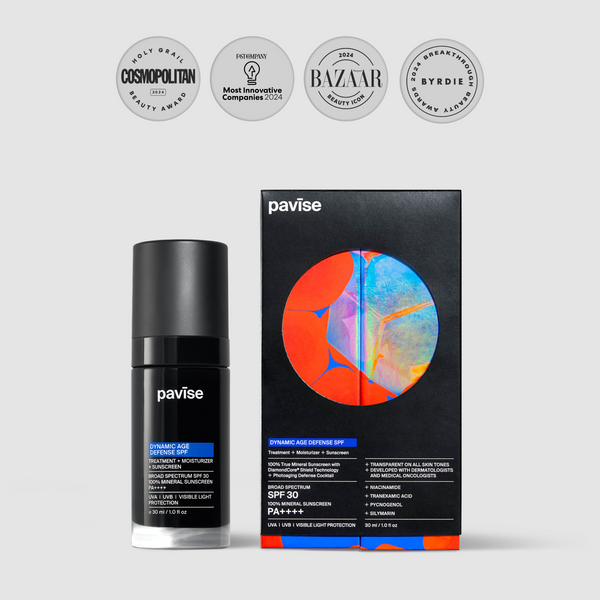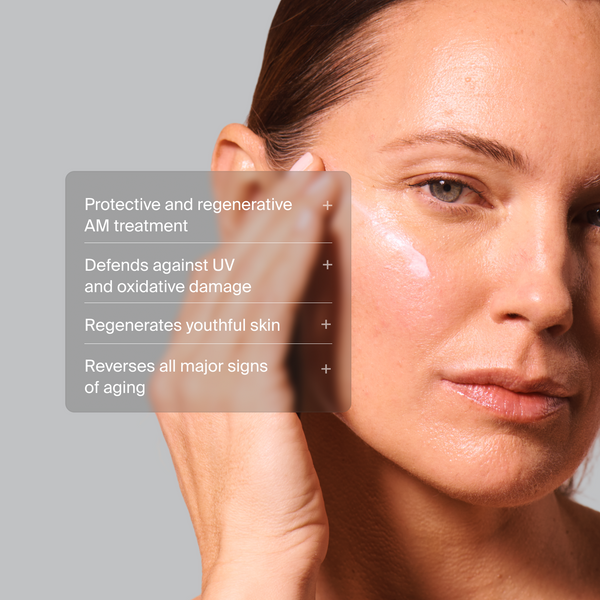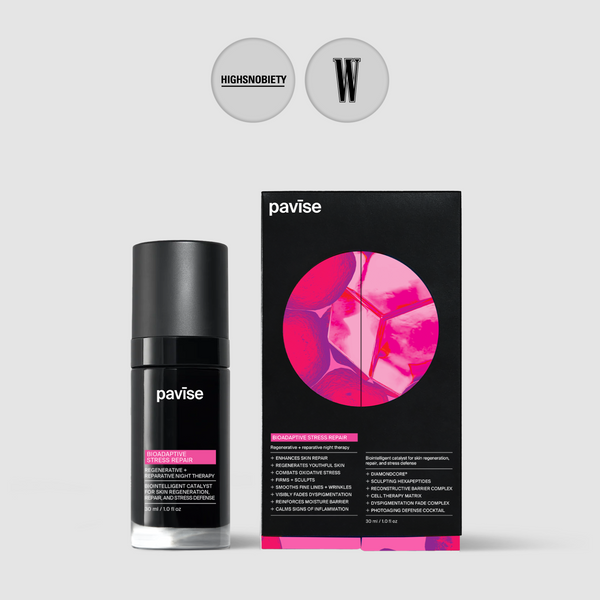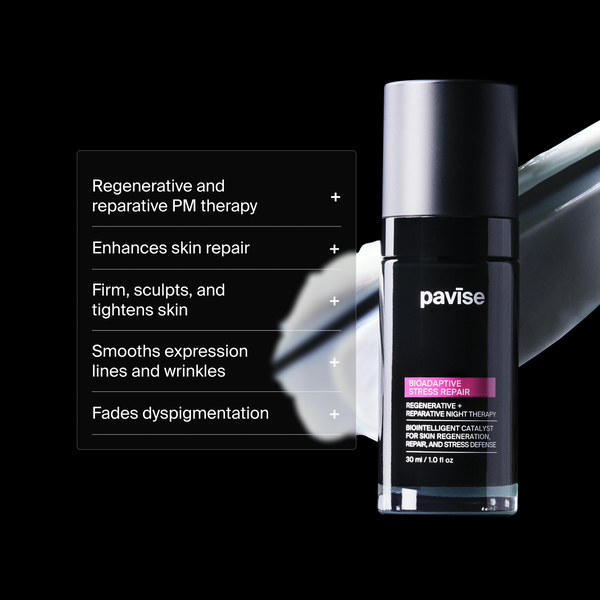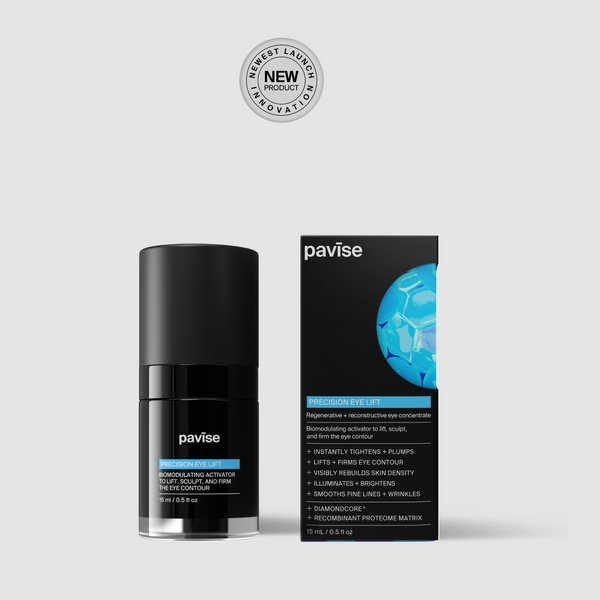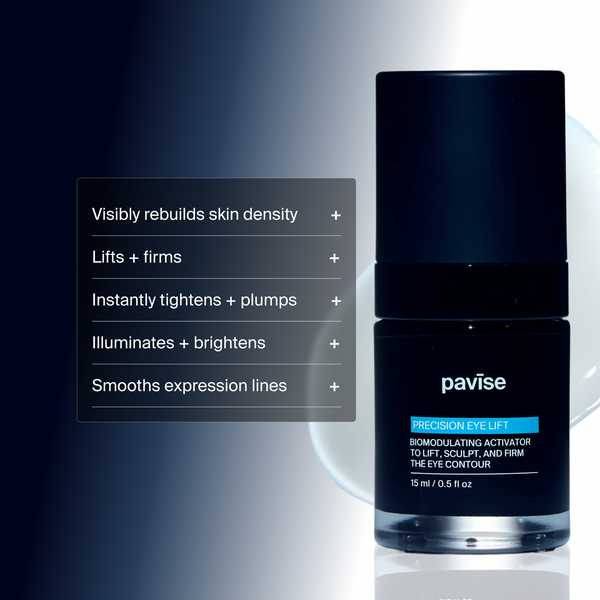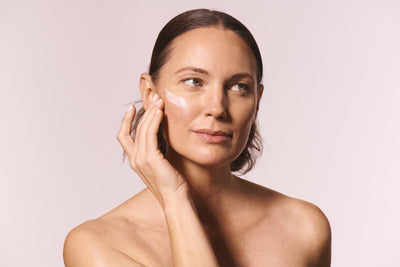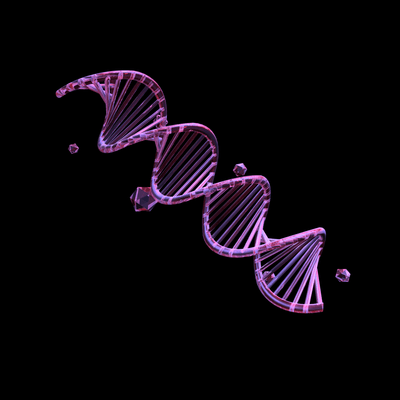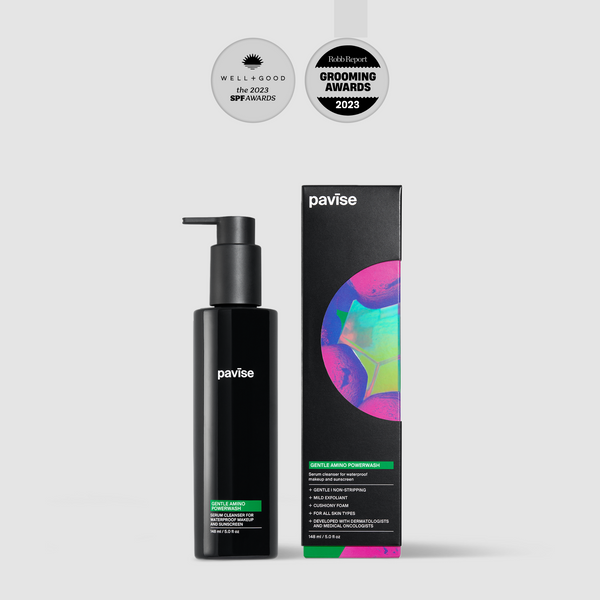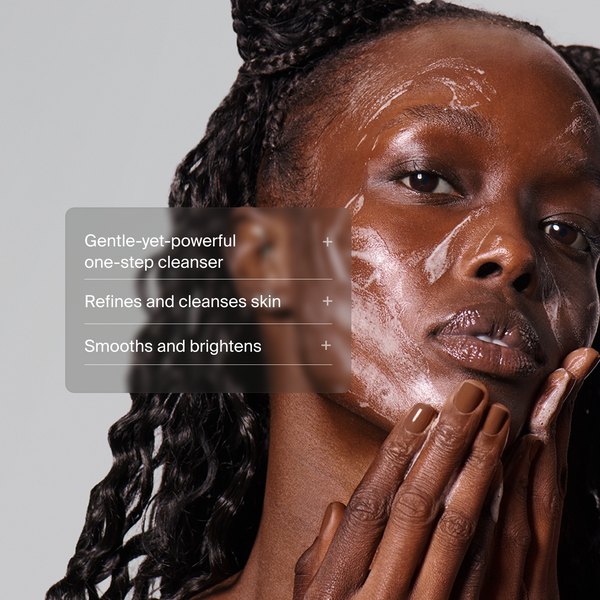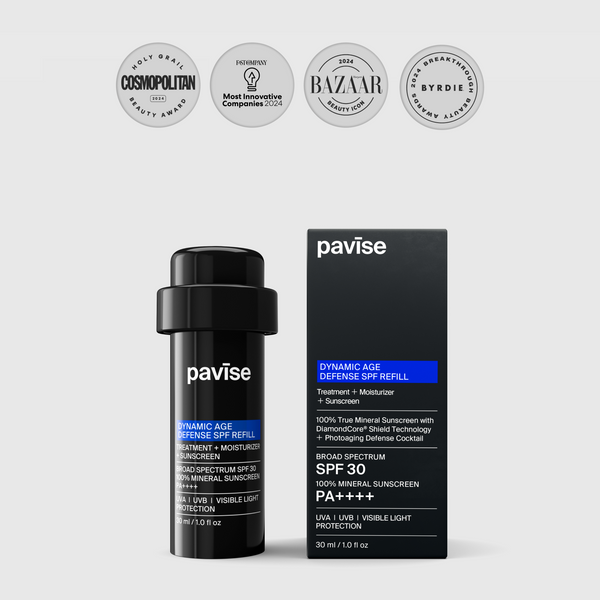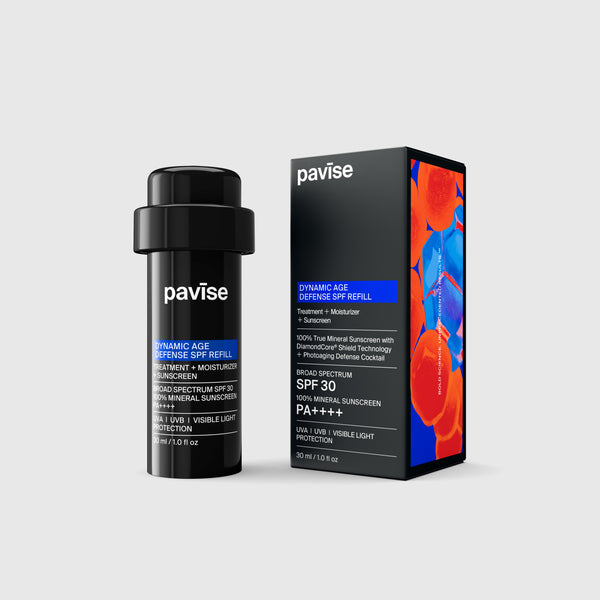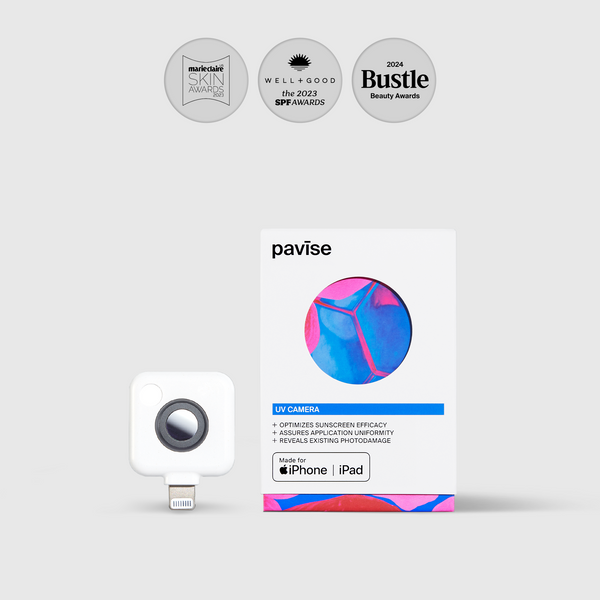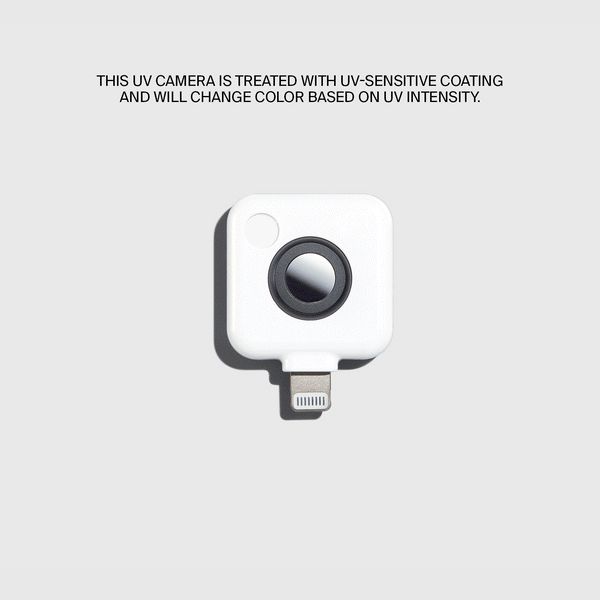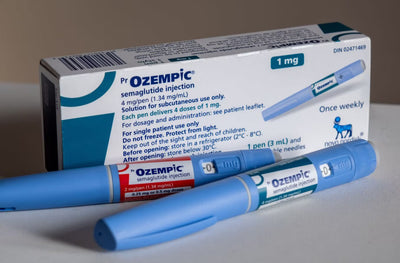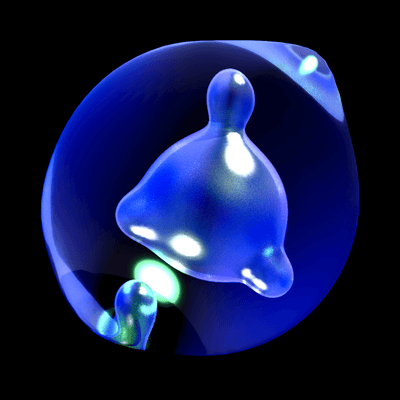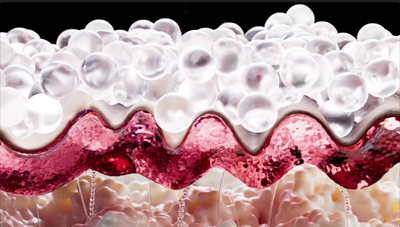ACNE: IDENTIFICATION AND TREATMENT
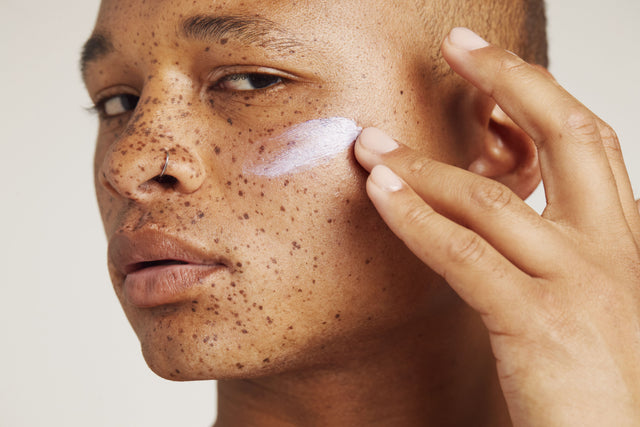
What you need to know
Acne is a skin condition that can range from mild comedonal breakouts to severe, scarring nodular lesions, often driven by excess oil and clogged pores. Treatments vary by severity, and advanced formulations like Dynamic Age Defense and Bioadaptive Stress Repair help reduce inflammation, promote healing, and protect sensitive skin from UV damage.
What is Acne?
Acne is a common skin condition that affects nearly 85% of adolescents. However, acne doesn’t only affect younger populations as a significant portion of patients with acne see the condition persist into adulthood. Typically, the condition is more severe for men, but women more often see acne persist over an extended period of time.1 Acne presents as lesions on the skin primarily on the face, neck, chest, and back. Although acne can present differently in each patient, the condition can be organized into three main types:
Comedonal Acne: This type of acne is non-inflammatory and characterized by the formation of blackheads. Unlike inflammatory acne, comedonal acne doesn’t typically involve redness, swelling, or pus-filled lesions. This type of acne is typically considered as a somewhat mild form of the condition.1
Papular-pustular Acne: Papular-pustular acne is an inflammatory form of the condition that is characterized by pimples (papules) and pus-filled lesions (pustules). This type of acne forms when clogged pores become infected with bacteria, leading to redness and swelling. This type of acne is considered a moderate form of the condition.1,2
Nodular Acne: Nodular acne is inflammatory and often considered the most severe form of the condition. It is characterized by painful nodules and cysts that often persist for weeks, leading to significant scarring. Although the condition isn’t necessarily dangerous to one’s health, it can dramatically affect quality of life.1,2
Acne is caused by a combination of internal and external factors, but it primarily involves increased sebum production and abnormal shedding of skin cells.1,3 These changes can lead to clogged pores, forming microcomedones that eventually develop into blackheads or whiteheads. As the blocked follicle becomes inflamed, it can rupture, releasing trapped oil and bacteria into the skin and causing redness and swelling. A key contributor to this inflammation is Propionibacterium acnes (P. acnes), a natural skin bacterium that thrives in clogged pores. Hormonal fluctuations, particularly involving androgens like testosterone, also play a major role in stimulating oil production, causing acne to often appear around puberty or before menstruation. External factors, such as cosmetics, hair products, and tight clothing, can further irritate the skin and worsen breakouts.3
Treating Acne
Effective acne treatment requires a comprehensive approach tailored to each patient, beginning with a detailed medical history to guide therapy. Most treatments aim to reduce bacteria or clear clogged pores, though hormonal therapies may be used in some cases. Because acne often involves both inflammatory and noninflammatory lesions, a multidimensional strategy is typically necessary, and relying on antibiotics alone can lead to antibiotic resistance.3 The number of current acne treatments are numerous, so here are some of the most used medications:
Benzoyl Peroxide: Benzoyl peroxide is a powerful antibacterial ingredient that also offers mild anti-inflammatory effects, making it especially effective for treating inflammatory acne. Benzoyl peroxide has been shown to decrease the emergence of antibiotic-resistant P. acnes when combined with a topical antibiotic.4
Doxycycline: Doxycycline is an oral antibiotic used to treat inflammatory acne. The antibiotic reduced levels of acne-causing bacteria on the skin.
Salicylic Acid: Salicylic acid is a beta-hydroxy acid with anti-inflammatory properties. It has also been shown to decrease skin lipids, preventing clogged pores.3,5
Isotretinoin (Accutane): Isotretinoin is a retinoid taken orally that is typically used to treat moderate and severe acne. Due to potential side effects of the treatment, isotretinoin is only prescribed to patients with acne that doesn’t respond to other medications.3 Although isotretinoin is used to clear the skin, many patients taking the medication experience xerosis (dry skin), facial erythema (redness), and sun sensitivity.6
How Dynamic Age Defense and Bioadaptive Stress Repair Can Help
Inflammatory acne may include painful lesions and can lead to facial scarring, which often has significant psychological effects on patients.1 Because of this, it is essential to minimize acne-induced inflammation to avoid scarring. Pavise’s Dynamic Age Defense and Bioadaptive Stress Repair work to reduce inflammation and stimulate the skin’s own regenerative processes, helping acne patients avoid long-term scarring and return their skin to a healthier, even complexion.

Dynamic Age Defense and Bioadaptive Stress Repair are powered by DiamondCore® zinc oxide, a cutting-edge molecule that has been found to reduce inflammation and promote skin regeneration. In addition to DiamondCore® zinc oxide, Dynamic Age Defense contains powerful anti-inflammatory agents, including niacinamide and astaxanthin, to reduce the redness and swelling characteristic of acne. In a recent study, the use of Dynamic Age Defense and Bioadaptive Stress Repair led to significant improvements facial redness, and, according to survey data, 87% of Dynamic Age Defense users noticed a reduction in acne.8
 The use of topical and oral acne medications can make the skin dry and more sensitive to sun exposure. Therefore, it is essential for patients taking isotretinoin, and other treatments, to protect their skin from ultraviolet (UV) radiation emitted by the sun. Dynamic Age Defense effectively protects the skin from UV while being entirely mineral based, meaning that the product doesn’t contain any chemical UV filters that can worsen inflammation. For patients experiencing dry skin from these medications, Bioadaptive Stress Repair can be used to restore a healthy skin barrier, improving the texture and appearance of the skin.
The use of topical and oral acne medications can make the skin dry and more sensitive to sun exposure. Therefore, it is essential for patients taking isotretinoin, and other treatments, to protect their skin from ultraviolet (UV) radiation emitted by the sun. Dynamic Age Defense effectively protects the skin from UV while being entirely mineral based, meaning that the product doesn’t contain any chemical UV filters that can worsen inflammation. For patients experiencing dry skin from these medications, Bioadaptive Stress Repair can be used to restore a healthy skin barrier, improving the texture and appearance of the skin.
Post inflammatory hyperpigmentation (PIH) is a skin condition characterized by dark spots following skin inflammation. Along with defending against acne, Dynamic Age Defense has also been shown to fade PIH.
Pavise’s Dynamic Age Defense and Bioadaptive Stress Repair offer a comprehensive approach to managing acne. By reducing inflammation, supporting skin regeneration, and protecting against UV damage, these products help restore skin health and prevent future breakouts. For patients seeking both immediate relief and long-term improvement, Pavise provides an advanced, science-backed solution.
References:
1. Batista, A. S. F., & Ana, P. (2016). Types of acne and associated therapy: A review. Amr. Res. J. Pharm, 2016, 1-9.
2. Andreas.D. Katsambas, Christina Stefanaki, William J. Cunliffe, Guidelines for treating acne, Clinics in Dermatology, Volume 22, Issue 5, 2004, Pages 439-444, ISSN 0738-081X.
3. Well, D. (2013). Acne vulgaris: A review of causes and treatment options. The Nurse Practitioner, 38(10), 22-31.
4. Decker, A., & Graber, E. M. (2012). Over-the-counter Acne Treatments: A Review. The Journal of clinical and aesthetic dermatology, 5(5), 32–40.
5. Lu, J., Cong, T., Wen, X., Li, X., Du, D., He, G., & Jiang, X. (2019). Salicylic acid treats acne vulgaris by suppressing AMPK/SREBP 1 pathway in sebocytes. Experimental dermatology, 28(7), 786-794.
6. Brzezinski, P., Borowska, K., Chiriac, A., & Smigielski, J. (2017). Adverse effects of isotretinoin: A large, retrospective review. Dermatologic therapy, 30(4), e12483.
7. Bai X, Yan J, Gilchrest BA. Next-generation zinc oxide-based sunscreens: molecular characteristics and advantages. J Invest Dermatol. 2024;144(2):430–434.e1.
8. Zhang X. et al. Managing Rosacea with Nanodiamond-zinc Oxide: Real-world Evidence for Reduction in Redness and Acne Lesions. J Clin Aesthet Dermatol. 2025;18(7):35–39.
By Nas Atalla - Updated September 24, 2025
